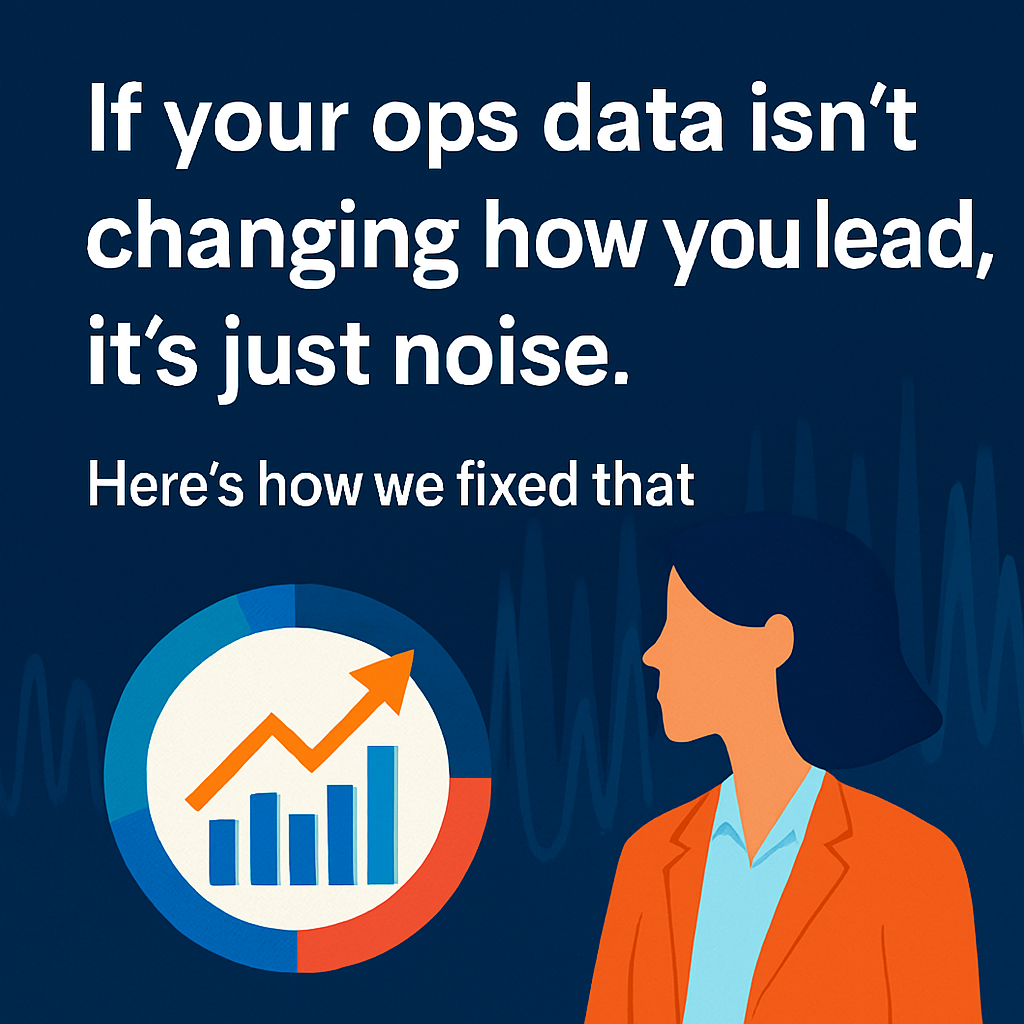Everyone loves the strategy deck. But the operating model? That’s where the hard choices live—who stays, who goes, what gets cut, and who’s really ready to lead. This is a post about the gritty side of strategy execution—the side no one likes to talk about but every leader has to face.
Read MoreI used to think great leadership meant doing it faster, better, smarter. But it turns out, one of the most powerful things a leader can do is… nothing. Not because they’re checked out—but because they’ve built an organization that doesn’t need them in every decision. This is a story about a snow shovel, a shutdown, and the real meaning of delegation.
Read MoreHow we built a $200M statewide COVID testing operation from scratch—in just 3 months.
Read MoreWhen executives over-attend meetings, teams underperform. This post breaks down how leadership presence—when overdone—creates bottlenecks, erodes ownership, and signals a lack of trust. The best way to empower your team? Step out of the room.
Read MoreHow an EMBA project became the foundation for scalable ops built on trust and performance.
Read MoreReturn-to-office mandates are everywhere. But if you lead a multi-location company, you’re focused on the wrong test. Try this instead: mandate a remote week for your HQ team and see what breaks. What fails without hallway access or proximity? That’s where your structure is weakest—and where scale will fail.
Read MoreFlat orgs feel empowering—until they fall apart under their own weight. As companies grow, the nostalgia of early connection often gets in the way of the structure required to scale. This post uses a childhood toolset as a metaphor for why clinging to “flatness” is less about culture and more about control—and how SHIELD Illinois grew fast by adding structure, not red tape.
Read MoreMost workplace emergencies aren’t emergencies. They’re just symptoms of poor prioritization and unclear expectations. This post breaks down how to define true emergencies and structure escalation before everything feels urgent.
Read MoreMeetings are like goldfish—they grow to the size of their tank. If you give them an hour, they’ll take an hour. This post challenges default meeting durations and lays out a case for shorter, sharper, more effective conversations. Stop scheduling 60 minutes. Keep the goldfish in the tank.
Read MoreGood ops integration isn’t about who won the deal. It’s about what you build together. This post walks through what integration should look like—and how ego and mistrust destroy potential before it even starts.
Read MoreGrowth gets the headlines. But scaling? That’s where companies break—or break through. This post breaks down my approach to building systems that let companies grow fast without losing their footing, based on real lessons from companies like SHIELD Illinois.
Read MoreEmployees shouldn’t need a map to get help. If your internal support system wouldn’t survive five minutes with customers, it’s time to redesign it—because your employees are your most important customers.
Read MoreAfter two years of missed software release deadlines, Liquidpoint needed more than just better estimates—they needed an operational overhaul. Here's how I uncovered the root cause and rebuilt a delivery system that just worked.
Read MoreWhat 50,000 runners taught me about calm, trust, and leading high-stakes ops in real time.What 50,000 runners taught me about calm, trust, and leading high-stakes ops in real time.
Read MoreYour operations leader doesn’t need to know every tool—they need to know how the whole machine works. This post unpacks why subject matter expertise can get in the way of systems-level leadership, especially under pressure.
Read MoreStop building dashboards that don’t drive change. A good data system doesn’t just automate reporting—it restructures how your business sees itself. Here’s how to build one that actually shifts how you lead.
Read MoreCompanies are approaching training from the wrong angle. Don't make people learn Latin to learn physics. Translate it for them.
Read MoreThe politics in the middle management level of most organizations is designed to make sure executives don’t really know what the culture is really like. The only way to get past it is to dive into the weeds.
Read MoreFar too often, we forget that strategy is as much about what we are NOT doing anymore as it is about what we are doing that is new
Read More



















